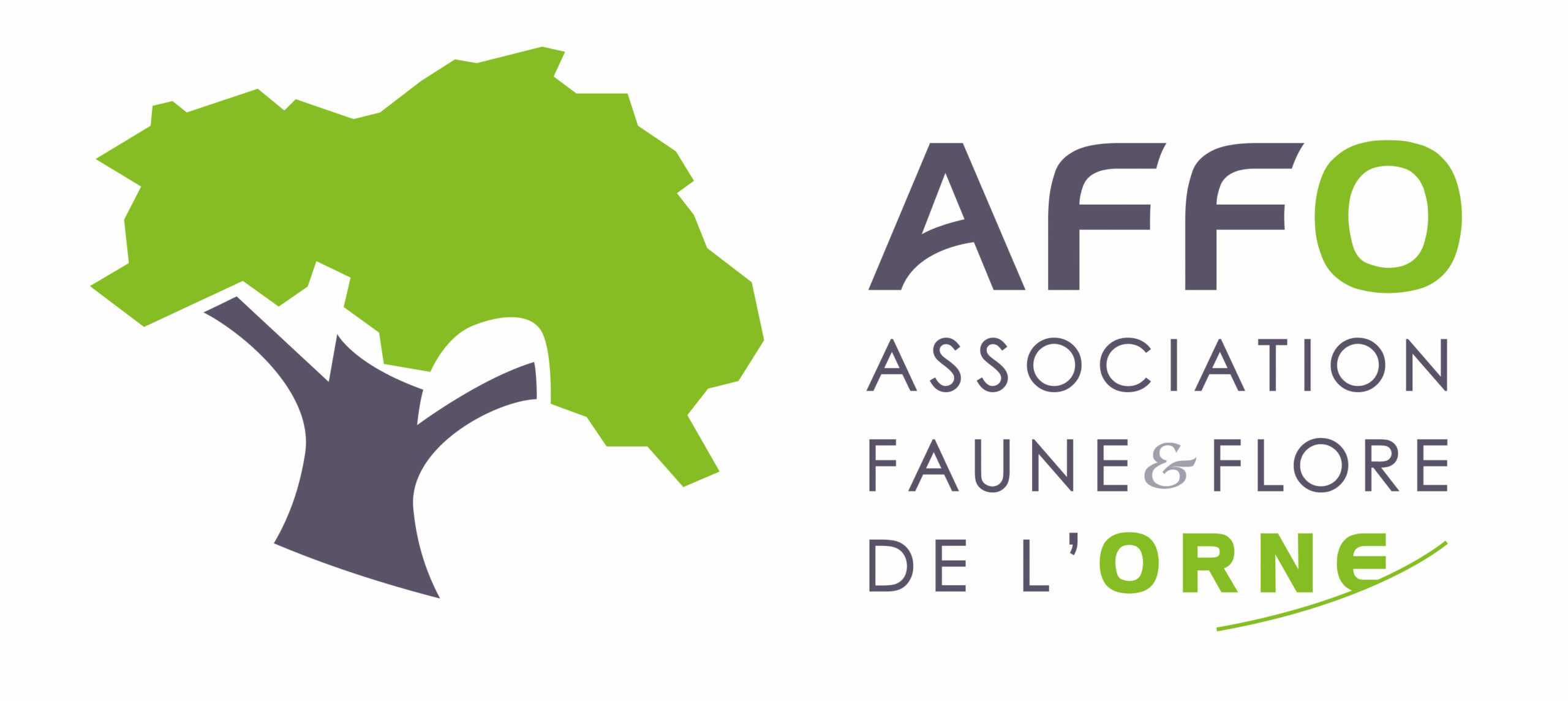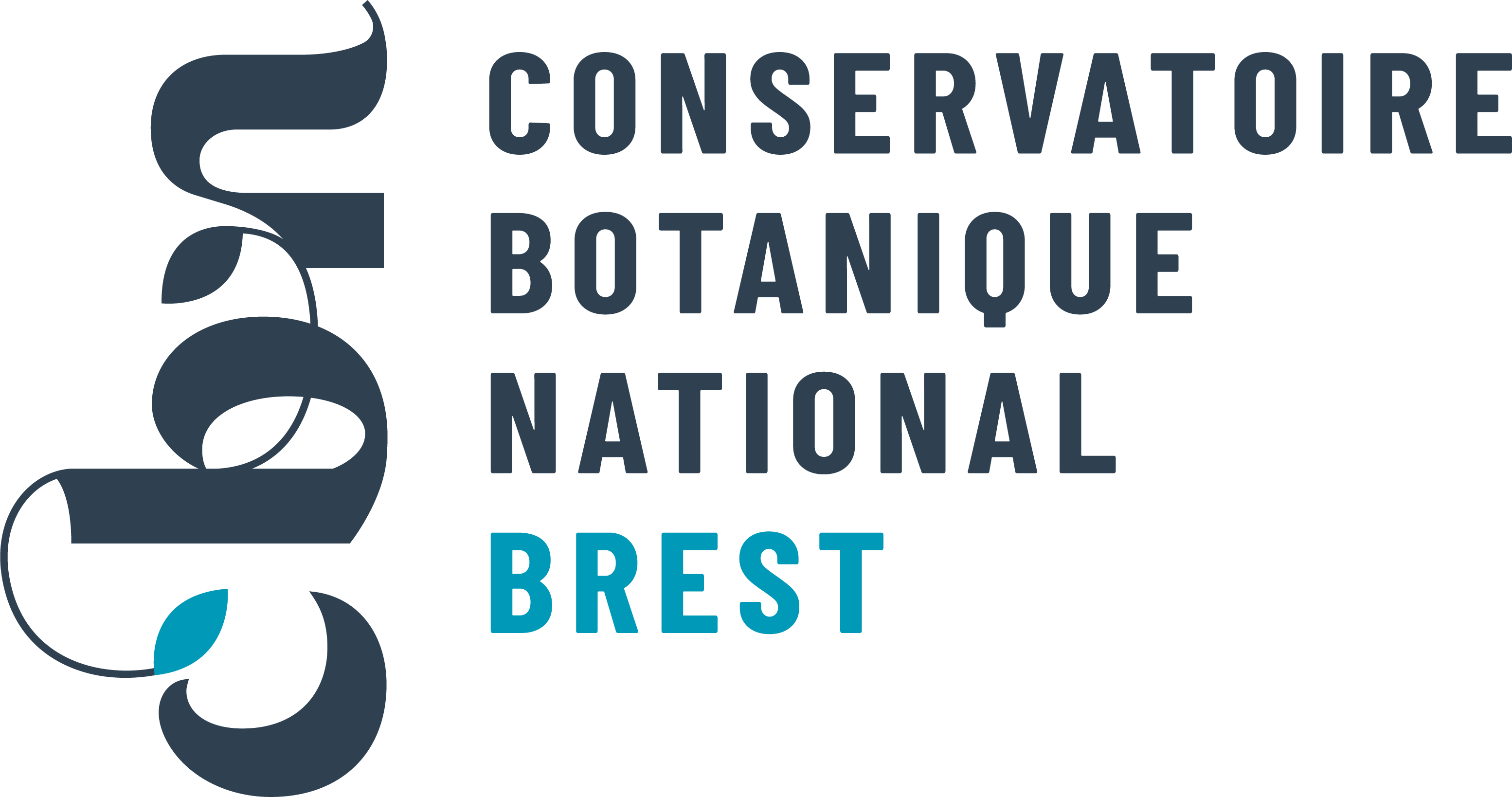Où cette espèce a-t-elle été observée ?
 Attention : cette espèce peut être présente où il n’y a pas de maille, mais à ce jour elle n’y a pas encore été observée.
Attention : cette espèce peut être présente où il n’y a pas de maille, mais à ce jour elle n’y a pas encore été observée.
- 399 observations
-
108
communes -
45
observateurs
9
organismes -
Première observation
1900 -
Dernière observation
2025
Arcisses - Argenvilliers - Authon-du-Perche - Bazoches-sur-Hoëne - Beaulieu - Beaumont-les-Autels - Belforêt-en-Perche - Belhomert-Guéhouville - Bellavilliers - Bellême - Berd'huis - Béthonvilliers - Bizou - Boëcé - Bretoncelles - Ceton - Champeaux-sur-Sarthe - Champrond-en-Gâtine - Chapelle-Guillaume - Chapelle-Royale - Charencey - Chemilli - Comblot - Combres - Corbon - Coudray-au-Perche - Coulimer - Courgeon - Courgeoût - Cour-Maugis sur Huisne - Crulai - Dame-Marie - Digny - Feings - Fontaine-Simon - Happonvilliers - Igé - Jaudrais - La Bazoche-Gouet - La Chapelle-Fortin - La Chapelle-Montligeon - La Chapelle-Souëf - La Croix-du-Perche - La Ferté-Vidame - La Framboisière - La Gaudaine - La Loupe - La Madeleine-Bouvet - La Ventrouze - Le Mage - Le Pas-Saint-l'Homer - Le Pin-la-Garenne - Les Aspres - Les Corvées-les-Yys - Les Étilleux - Les Genettes - Les Menus - L'Hôme-Chamondot - Loisail - Longny les Villages - Louvilliers-lès-Perche - Manou - Mauves-sur-Huisne - Montgaudry - Montireau - Montlandon - Mortagne-au-Perche - Moutiers-au-Perche - Nogent-le-Rotrou - Nonvilliers-Grandhoux - Parfondeval - Perche en Nocé - Pervenchères - Pouvrai - Rémalard en Perche - Réveillon - Rohaire - Sablons sur Huisne - Saint-Aubin-de-Courteraie - Saint-Cyr-la-Rosière - Saint-Denis-sur-Huisne - Sainte-Céronne-lès-Mortagne - Saint-Fulgent-des-Ormes - Saint-Germain-de-la-Coudre - Saint-Germain-de-Martigny - Saint-Germain-des-Grois - Saint-Hilaire-le-Châtel - Saint-Hilaire-sur-Erre - Saintigny - Saint-Jean-Pierre-Fixte - Saint-Jouin-de-Blavou - Saint-Langis-lès-Mortagne - Saint-Mard-de-Réno - Saint-Martin-des-Pézerits - Saint-Martin-du-Vieux-Bellême - Saint-Ouen-de-Sécherouvre - Saint-Pierre-la-Bruyère - Saint-Quentin-de-Blavou - Saint-Victor-de-Buthon - Senonches - Soligny-la-Trappe - Souancé-au-Perche - Thiron-Gardais - Tourouvre au Perche - Val-au-Perche - Vaupillon - Vichères - Villiers-sous-Mortagne
-
Association Faune & Flore de l'Orne (AFFO)
Participation à 163 Observations
Part d'aide à la prospection : 40.85 %
Fiche organisme
-
PNR du Perche
Participation à 154 Observations
Part d'aide à la prospection : 38.60 %
Fiche organisme
-
Conservatoire Botanique National de Brest (CBNB)
Participation à 124 Observations
Part d'aide à la prospection : 31.08 %
Fiche organisme
-
PNR et géoparc mondial UNESCO Normandie-Maine
Participation à 121 Observations
Part d'aide à la prospection : 30.33 %
Fiche organisme
-
Conservatoire botanique national du Bassin parisien (CBNBP)
Participation à 57 Observations
Part d'aide à la prospection : 14.29 %
Fiche organisme
-
UMS PatriNat (OFB-CNRS-MNHN)
Participation à 12 Observations
Part d'aide à la prospection : 3.01 %
Fiche organisme
-
Institut floristique franco-belge (IFFB)
Participation à 10 Observations
Part d'aide à la prospection : 2.51 %
Fiche organisme
-
Ministère de la Transition écologique et de la Cohésion des territoires
Participation à 5 Observations
Part d'aide à la prospection : 1.25 %
Fiche organisme
-
Conseil départemental de l'Orne (bureau ENS)
Participation à 3 Observations
Part d'aide à la prospection : 0.75 %
Fiche organisme
Informations espèce
Source : Parc Normandie-Maine
D2.212 : Boreal Eriophorum scheuchzeri fens
D4.162 : Boreal black sedge-brown moss fens
E1.268 : Central Apennine Mesobromion grasslands
E2.237 : Illyrian submontane hay meadows
E2.2521 : Moeso-Thracian mesophile floodplain meadows
E2.2523 : Moeso-Thracian mesophile cold water meadows
E3.4131 : Prairies atlantiques à Canche cespiteuse
E3.43 : Prairies subcontinentales riveraines
E6.2214 : Western Pontic Peucedanum-Festuca salt steppes
G1.7C71 : Pannonic privet juniper-poplar steppe woods
G1.91725 : Oro-Scandian cranesbill-stone bramble birch woods
Répartition actuelle en France métropolitaine
© INPN - Avertissement : les données visualisables reflètent l'état d'avancement des connaissances et/ou la disponibilité des données existantes au niveau national : elles ne peuvent en aucun cas être considérées comme exhaustives.
Répartition actuelle dans le monde
Avertissement : les données visualisables reflètent l'état d'avancement des connaissances et/ou la disponibilité des données existantes au niveau mondial : elles ne peuvent en aucun cas être considérées comme exhaustives.













